Insecta

Mosquitoes
Culex, Anopheles, & Aedes spp.

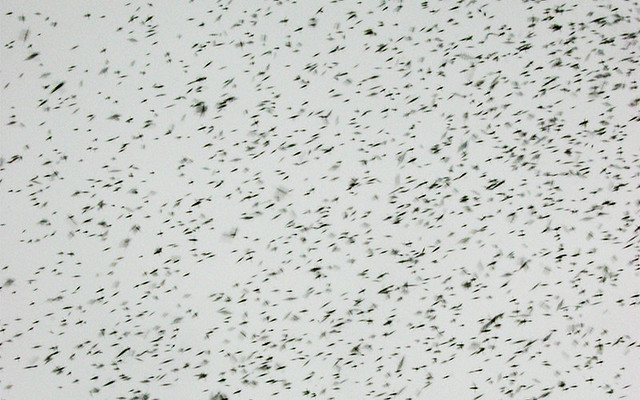
2 POINTS
Play: Can eat mammals. Has a MOVE of 2
Fact The clouds of mosquitoees in the boreal forest are due to the abundance of wetlands, which mosquitoes require for breeding.

Dragonfly Species
Odonata spp.

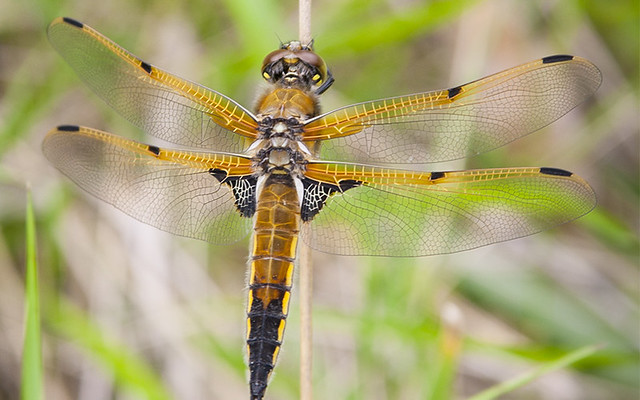
3 POINTS
Play: This dragonfly has a MOVE of 2.
Fact: As the apex preadators of the insect world, you can watch dragonflies catch mosquitoes in flight (hopefully around your head).

Longhorn Beetle
Monochamus scutellatus

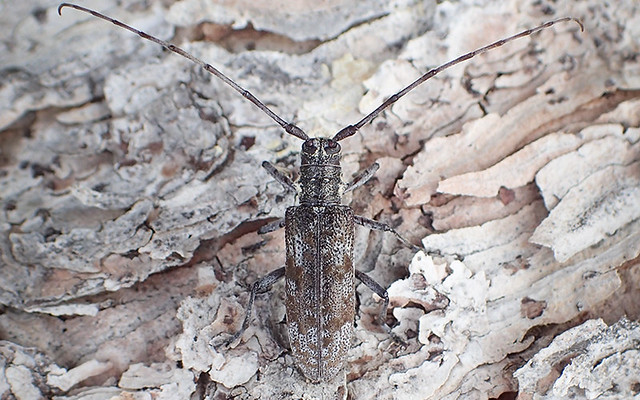
4 POINTS
Fact: This beetle is found in postfire areas because its larvae eat dead wood, which in turn helps return nutrients to the soil.

Canadian Swallowtail
Papilio canadensis

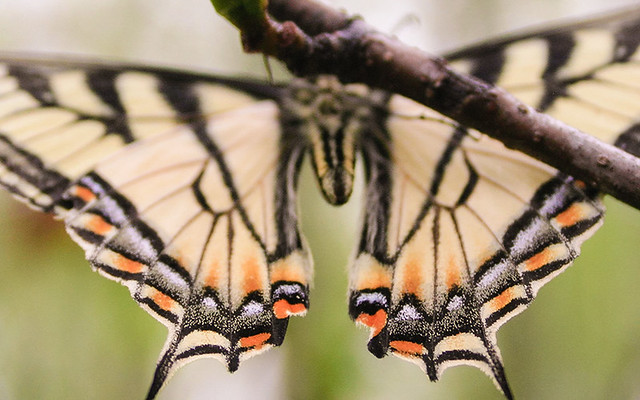
4 POINTS
Fact: Swallowtails are often seen in groups at mud puddles-these are males “puddling” to collect salts necessary for reproduction.

Scorpionfly
Miriholcorpa forcipata

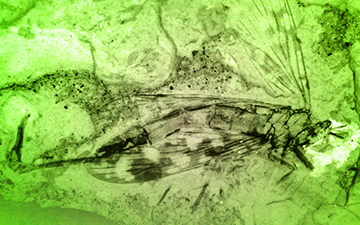
2 POINTS
Play: Scorpionfly had a FLIGHT of 2.
Fact: The Scorpionfly had a general bulb that was enlarged with pincer-like structures, and thought to be used in intrasexual competition with males, and/or a sexual display to attract females.

Dragonfly
Tarsophlebia eximia

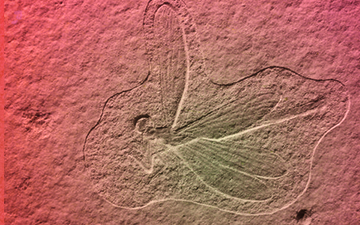
7 POINTS
Play: Dragonfly had a FLIGHT of 2.
Fact: This organism belonged to an extinct family of Odonates from the upper Jurassic and lower Cretaceous period of Eurasia.